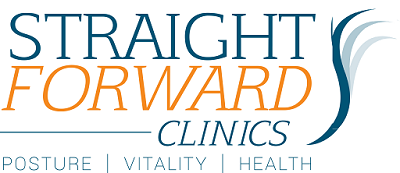HOW TO Be pain free when sleeping …
Firm mattresses are ideal for sleeping because they provide the best support for your body, and, they don’t sag. A firm mattress provides support that allows your body to hold the posture it was in on that particular day, as opposed to a soft mattress which allows your body to move into the previous, misaligned postures it can fall into while sleeping on squashy, giving surfaces. While a mattress that feels soft might feel like a supporting mattress, it’s not. Because you sink into it, it doesn’t properly support your body and won’t allow your spine to rest in an appropriate position. When you sleep, if you are in a position that supports your spine, it will go back into a ‘neutral’ position, or as close to it as it can and is a little like healing in your sleep.
Through experience, I’ve observed that we can’t properly correct bodies with ABCTM in clients who sleep on soft mattresses, water beds or memory foam mattresses because their posture continually winds back to older, injured states. This is also the case with clients who have fallen asleep on the couch regularly. Needless to say, when they walk into their appointment they’re feeling very sore and quite dizzy, with a foggy, fuzzy mind.
Sleep vs Pain: Insomnia & Chronic Pain
For the bedtime readers and TV watchers, your night-time habit could also be having an impact on your posture. Sitting in your bed with the head pushed forward or at a sharp angle can really affect your posture adversely. To fix this, fashion a pillow that properly supports you while you’re sitting, or use an armchair, instead.
Tips for a good night’s sleep:
• SIDE SLEEPERS: Put a pillow between your knees when sleeping on your side. It takes a fair amount of pressure off the spine, and allows it to ‘reset’ in the night.
• BACK SLEEPERS: Sleeping on your side is preferable to sleeping on your back because when you sleep on your back your spine is flattened out, rather than having its natural curves supported.
• FRONT SLEEPERS: Sleeping on your stomach significantly strains your spine. In this position, the spine in in a twisted position for an extended period of time. Stomach sleeping is a habit that is possible to reverse.
Where the body goes in Chiropractic terms:
If your pillow is too low, your opposite shoulder will drop down and forward. If your pillow is too high, the shoulder will pull you backwards and twist your body. One of the ways that people have tried to sleep comfortably is using memory foam however, memory foam makes you sink into the bed or pillow and immobilises that part of the body, which can actually worsen your body position. See the diagrams over page for illustration.
If you sleep on your back, don’t use a pillow because it’s likely that the pillow will push your neck and upper back even further forward.
Do not sleep on your stomach, as it twists your neck in a particular direction (usually the same each time) for the duration of your sleep, which will only exacerbate the spinal twist that creates the tension and pain in your body. When people go through the process of correcting their body using the ABCTM technique, they realise the discomfort a pillow can cause. It is very clear to me that anyone waking up in the morning more stiff and sore than when they first went to bed does not have the right pillow/ mattress combination.
Sleep to better support your body
Muscle soreness or an aching body in the morning, is the result of muscles being pulled in the wrong direction for an extended period of time. Learning how to stand, sit and sleep to better support your body is a skill that will benefit your body in the long-term. While there are many conflicting ideas and theories about standing, sitting and sleeping correctly, all the suggestions in this chapter have been tried and tested with real patients in practices who use the ABCTM technique for correcting posture.
